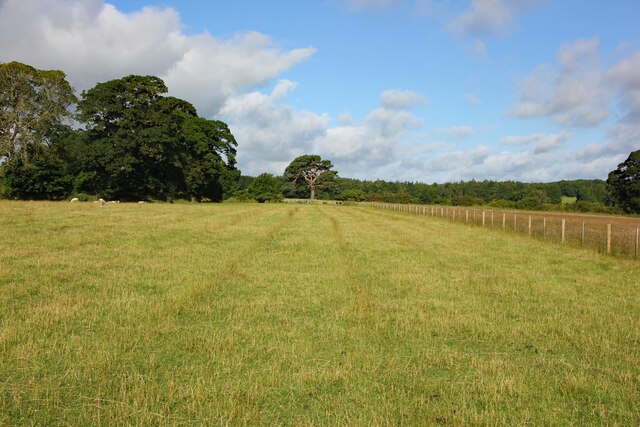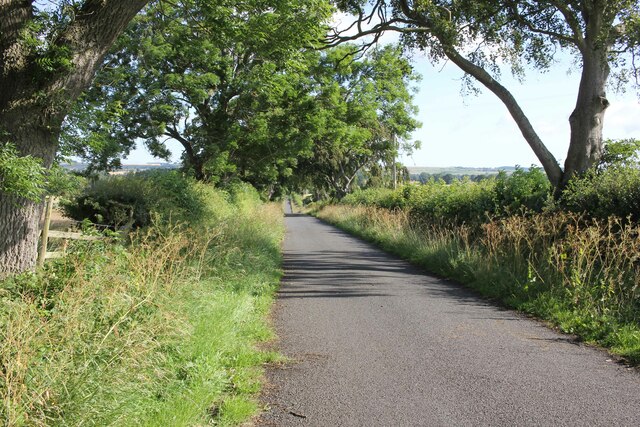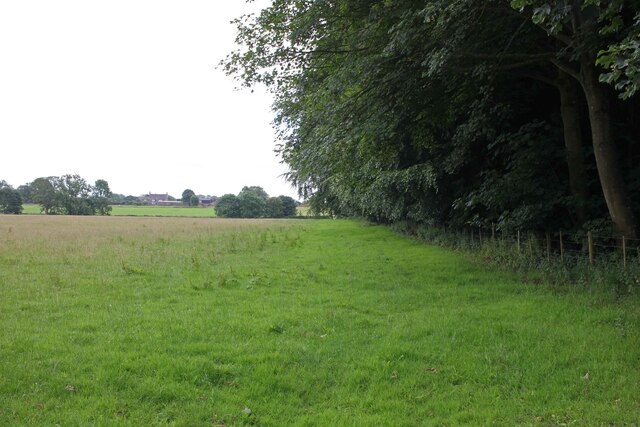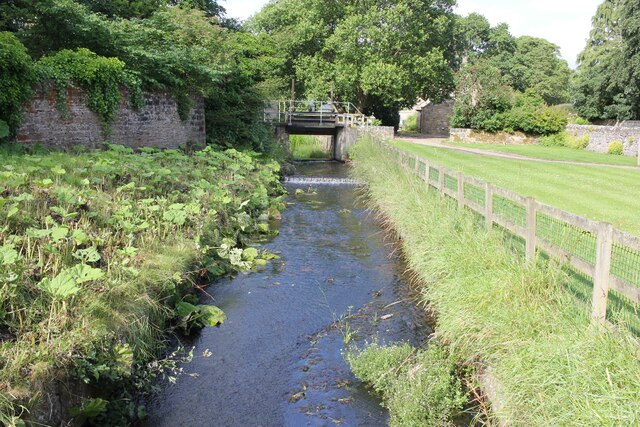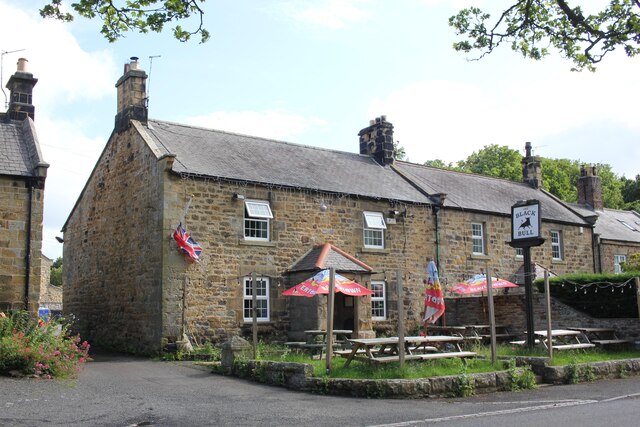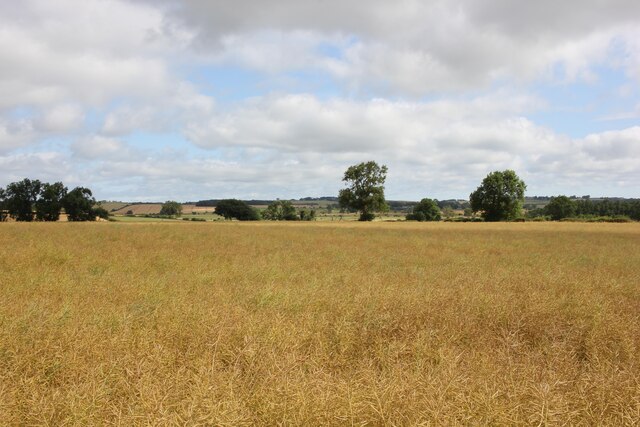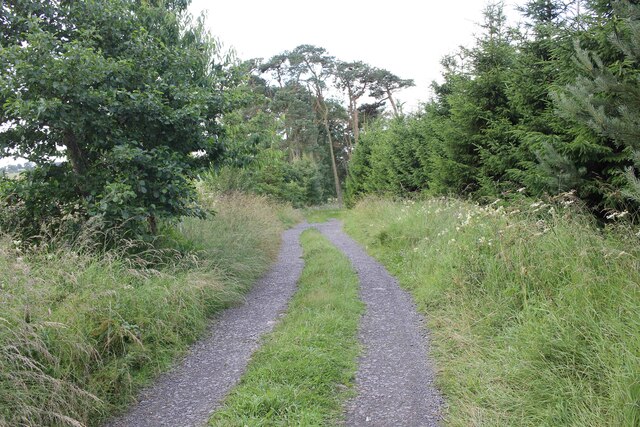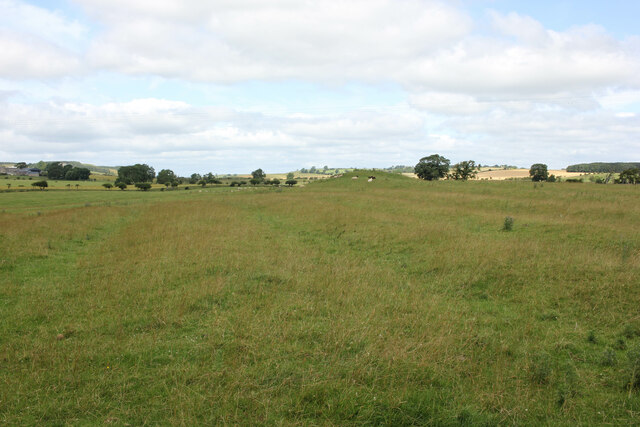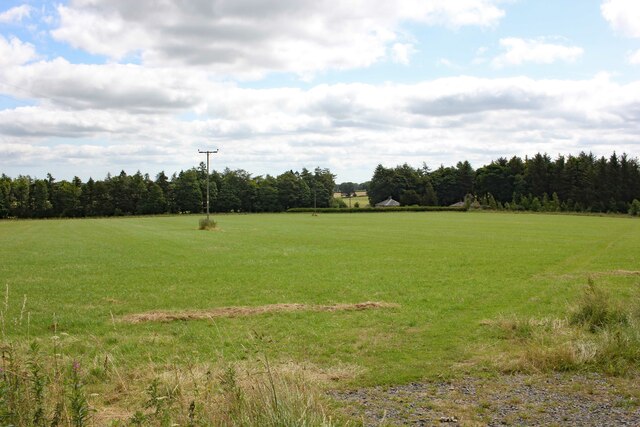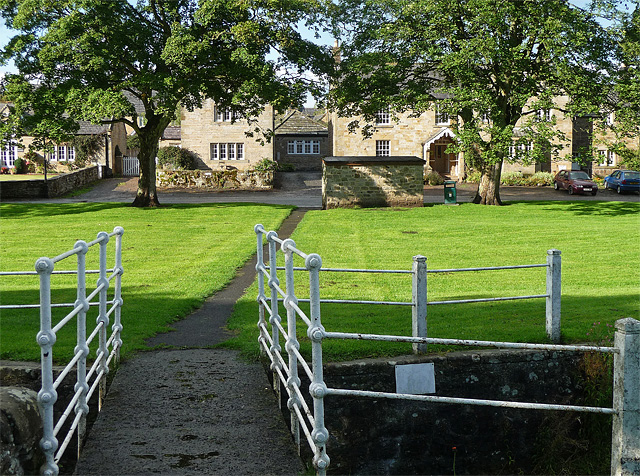Standingstone Plantation
Wood, Forest in Northumberland
England
Standingstone Plantation

Standingstone Plantation is a historic and picturesque property located in Northumberland, a county in the northeastern part of England. Situated within a vast wood and forest area, the plantation covers several acres of land, offering a serene and idyllic setting for visitors to enjoy.
The plantation boasts a rich history that dates back many centuries. Originally established as a working farm in the 17th century, Standingstone Plantation has evolved over time to become a popular destination for nature enthusiasts and history buffs alike. The site is known for its well-preserved architecture, including a stunning manor house that showcases the traditional English style.
One of the standout features of the plantation is its sprawling wood and forest area. This natural landscape provides a perfect habitat for a diverse range of flora and fauna, making it a haven for wildlife enthusiasts and nature lovers. Visitors can explore the extensive network of walking trails that wind through the woods, immersing themselves in the tranquil surroundings and enjoying the peaceful ambiance.
In addition to its natural beauty, Standingstone Plantation offers a range of amenities and activities for visitors. The property includes a visitor center where guests can learn about the history and significance of the plantation. There are also facilities for picnicking, as well as designated areas for birdwatching and photography.
Overall, Standingstone Plantation in Northumberland is a captivating destination that combines natural beauty with cultural heritage. Its enchanting wood and forest area, coupled with its rich history, make it a must-visit location for those seeking a tranquil and immersive experience in the English countryside.
If you have any feedback on the listing, please let us know in the comments section below.
Standingstone Plantation Images
Images are sourced within 2km of 55.02998/-1.9499094 or Grid Reference NZ0370. Thanks to Geograph Open Source API. All images are credited.
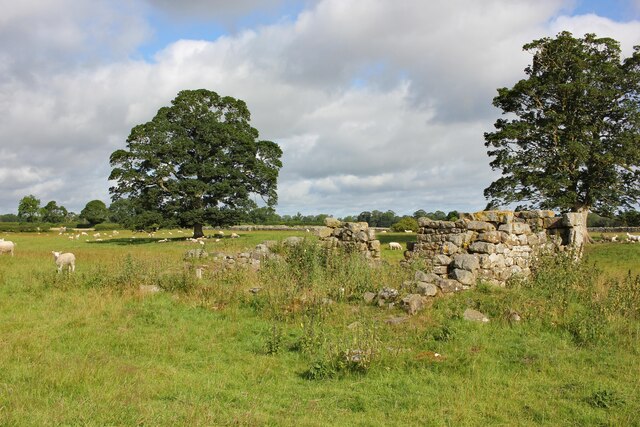
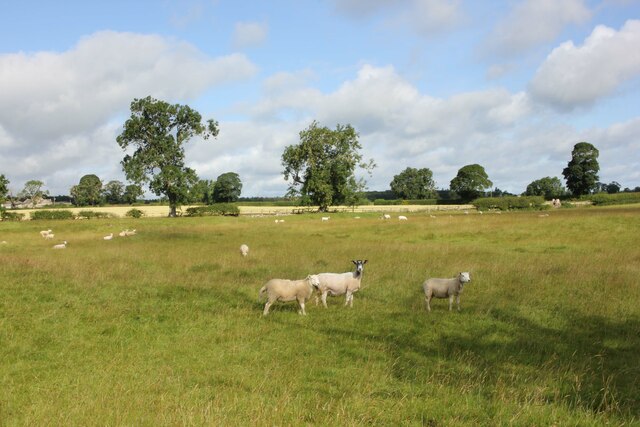
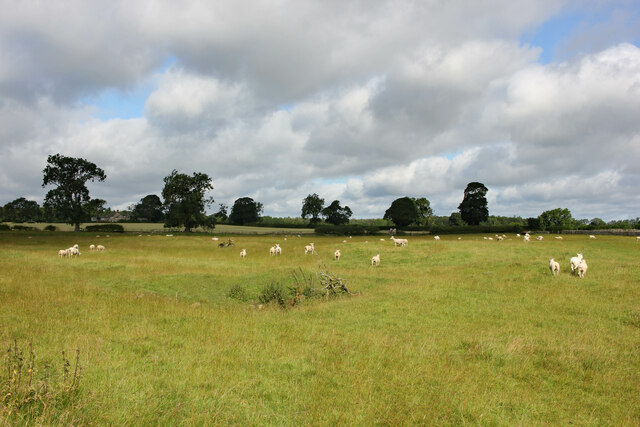
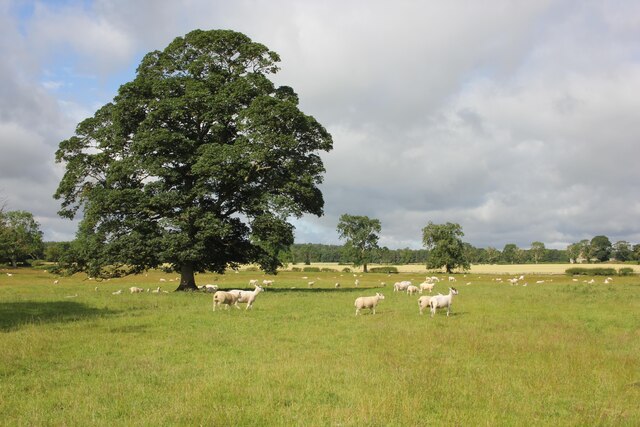
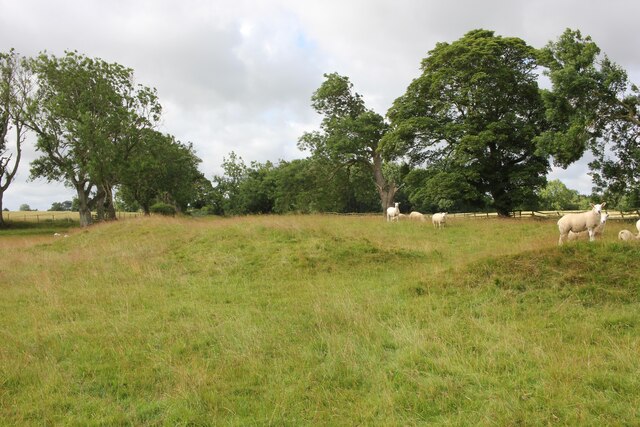
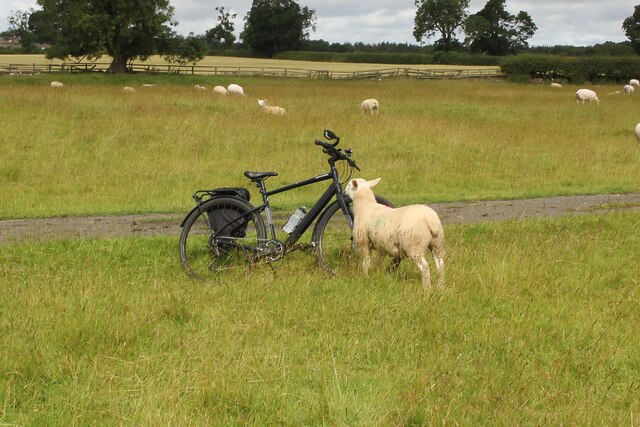
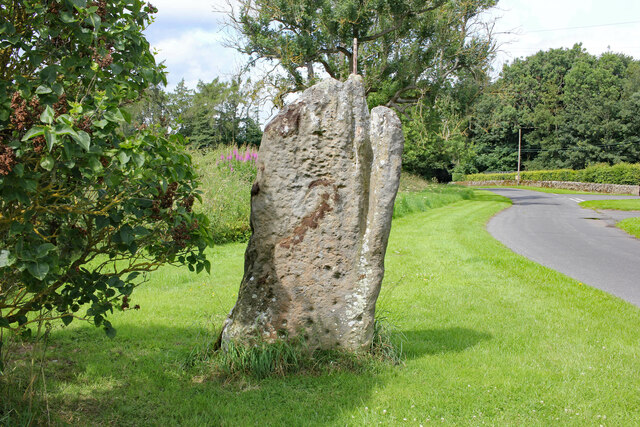
Standingstone Plantation is located at Grid Ref: NZ0370 (Lat: 55.02998, Lng: -1.9499094)
Unitary Authority: Northumberland
Police Authority: Northumbria
What 3 Words
///shared.ballpoint.slide. Near Corbridge, Northumberland
Nearby Locations
Related Wikis
Matfen Hall
Matfen Hall is a 19th-century country mansion in Matfen, Northumberland, England, the seat of the Blackett baronets and now also a hotel and country golf...
Matfen
Matfen is a village and a civil parish in Northumberland, England, near the town of Hexham and the city of Newcastle upon Tyne. It is an example of a 19th...
Milecastle 19
Milecastle 19 (Matfen Piers) was a milecastle of the Roman Hadrian's Wall. Sited just to the east of the hamlet of Matfen Piers, the milecastle is today...
Milecastle 20
Milecastle 20 (Halton Shields) was one of the milecastles on Hadrian's Wall (grid reference NZ01886868). It is situated in the hamlet of Halton Shields...
Nearby Amenities
Located within 500m of 55.02998,-1.9499094Have you been to Standingstone Plantation?
Leave your review of Standingstone Plantation below (or comments, questions and feedback).
